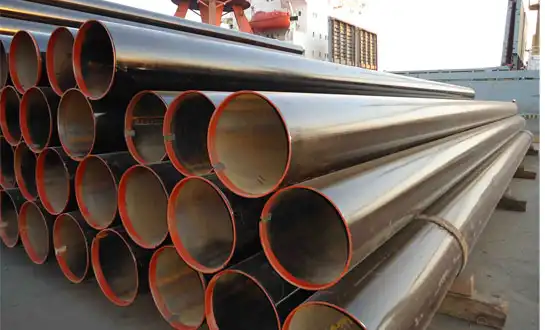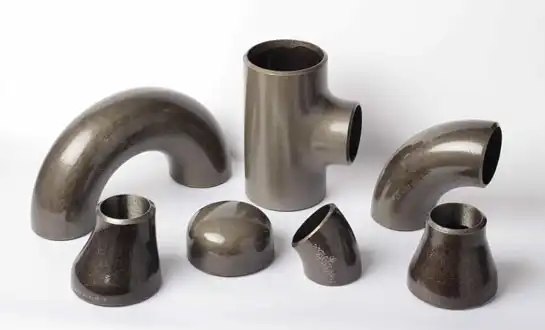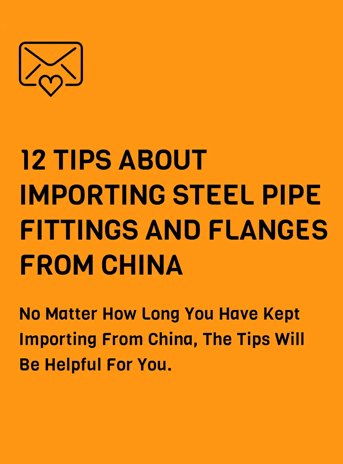Choosing the right material for water line fittings
Selecting appropriate materials for water line fittings demands comprehensive understanding of performance requirements, environmental conditions, and long-term durability considerations that affect system reliability. The choice of industrial pipe components directly influences water quality, system longevity, and maintenance costs across residential, commercial, and industrial applications. Modern water distribution systems require materials that resist corrosion, maintain structural integrity under varying pressures, and comply with health and safety regulations while delivering cost-effective performance. Understanding the relationship between material properties and operating conditions enables engineers to specify industrial pipe components that ensure reliable water delivery throughout the system's design life, preventing contamination and minimizing operational disruptions.
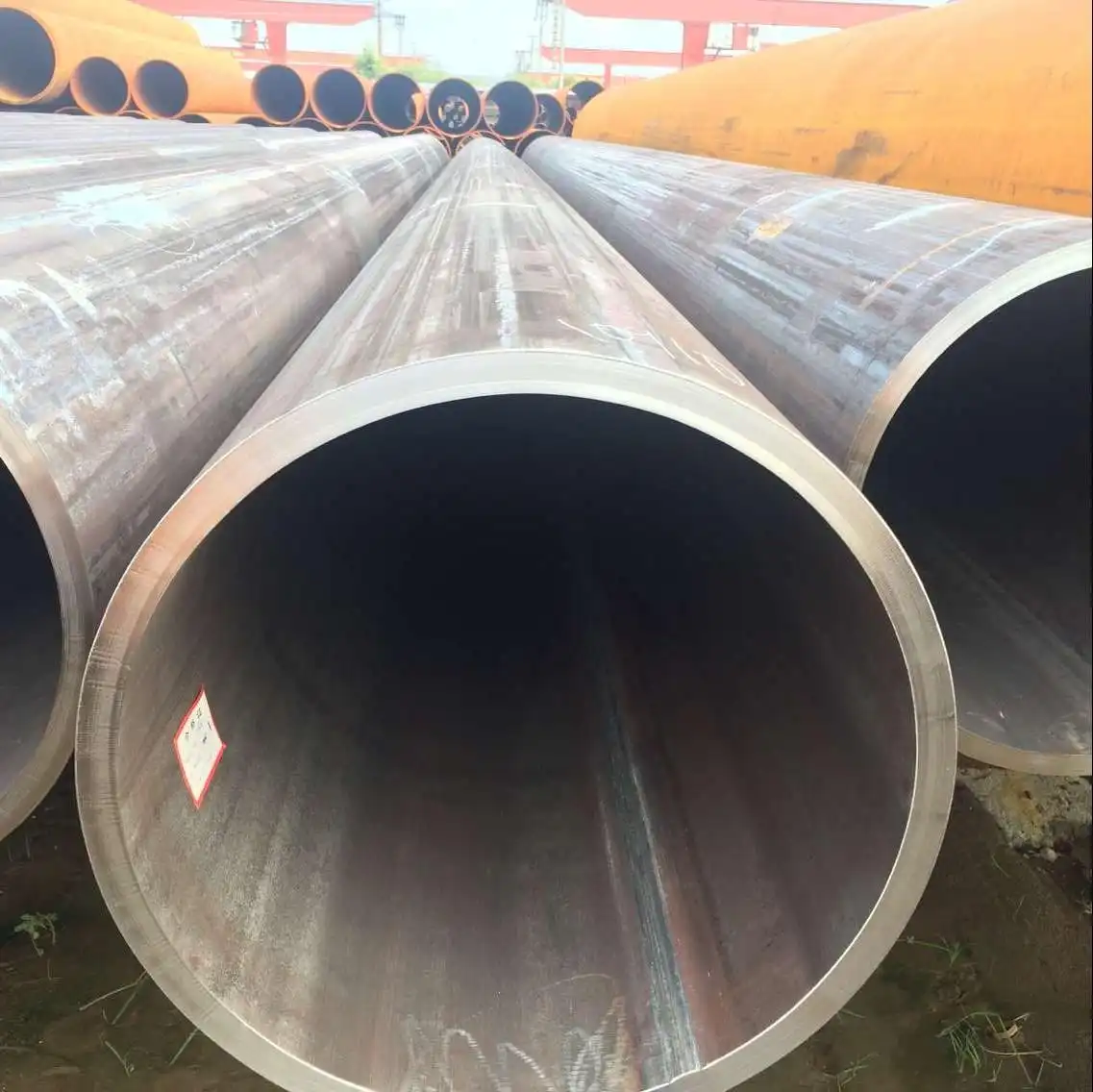
Material Properties and Performance Characteristics
Carbon Steel Applications in Water Systems
Carbon steel represents a fundamental choice among industrial pipe components for water line applications due to its excellent strength-to-cost ratio and proven performance in various operating conditions. The material composition, typically containing 0.05% to 0.25% carbon content, provides optimal balance between mechanical strength, weldability, and formability required for complex piping configurations. Carbon steel industrial pipe components demonstrate exceptional durability in potable water systems when properly protected against corrosion through appropriate coatings or cathodic protection systems. The material's inherent toughness allows these industrial pipe components to withstand hydraulic shock, thermal cycling, and mechanical stress without compromising structural integrity. Modern manufacturing processes ensure consistent quality and dimensional accuracy in carbon steel fittings, including elbows, tees, reducers, and flanges that form the backbone of reliable water distribution networks.
Corrosion Resistance and Protective Coatings
The longevity of industrial pipe components in water service depends significantly on their resistance to various forms of corrosion that can occur in aqueous environments. Galvanic corrosion, pitting corrosion, and general surface corrosion represent primary concerns that must be addressed through material selection and protective measures. Advanced coating technologies including fusion-bonded epoxy, polyethylene, and specialized polymer systems provide barrier protection that extends the service life of industrial pipe components in challenging water environments. Internal coatings ensure smooth flow characteristics while preventing contamination of the water supply, maintaining both hydraulic efficiency and water quality standards. The selection of appropriate protective systems for industrial pipe components requires careful consideration of water chemistry, temperature conditions, and expected service life to achieve optimal performance and economic value.
Mechanical Strength and Pressure Ratings
Water line systems require industrial pipe components capable of withstanding significant internal pressures while maintaining structural integrity under varying load conditions. The mechanical properties of fitting materials, including tensile strength, yield strength, and fatigue resistance, determine the maximum allowable working pressures and safety factors for different applications. Pressure ratings for industrial pipe components are established through rigorous testing procedures that simulate actual operating conditions and account for factors such as temperature effects, cyclic loading, and long-term material degradation. The relationship between wall thickness, material grade, and pressure capacity enables engineers to select industrial pipe components that provide adequate safety margins while optimizing material usage and cost efficiency. Quality manufacturing processes ensure that mechanical properties remain consistent throughout the fitting geometry, preventing weak points that could lead to premature failure.
Design Considerations for Water Line Applications
Flow Dynamics and Hydraulic Efficiency
The internal geometry and surface characteristics of industrial pipe components significantly influence flow patterns, pressure losses, and overall system efficiency in water distribution networks. Smooth interior surfaces minimize friction losses and reduce energy consumption in pumping systems, while proper fitting design prevents flow separation and turbulence that can lead to cavitation and erosion. The transition profiles in elbows, tees, and reducers must be carefully engineered to maintain laminar flow conditions and minimize pressure drops across industrial pipe components. Advanced manufacturing techniques produce fittings with optimized internal contours that enhance hydraulic performance while maintaining structural integrity under operating pressures. The selection of industrial pipe components with superior flow characteristics contributes to overall system efficiency and reduces operational costs throughout the system's service life.
Installation Requirements and Joint Integrity
Successful water line installations depend on the compatibility of industrial pipe components with available joining methods and the skill level of installation personnel. Welded connections provide the highest level of joint integrity and leak resistance but require qualified welding procedures and quality control measures to ensure reliable performance. Mechanical joints using flanged connections offer flexibility for maintenance and system modifications while maintaining secure sealing under operating pressures. The design of industrial pipe components must accommodate thermal expansion and contraction cycles that occur in water systems due to temperature variations and seasonal changes. Proper joint design and installation procedures prevent stress concentration at connection points, ensuring long-term reliability of industrial pipe components in critical water infrastructure applications.
Maintenance Accessibility and System Longevity
Long-term performance of water line systems requires careful consideration of maintenance requirements and accessibility when selecting industrial pipe components. The configuration and placement of fittings must allow for inspection, cleaning, and replacement activities without disrupting overall system operation. Standardized dimensions and connection methods for industrial pipe components facilitate maintenance operations and ensure availability of replacement parts throughout the system's design life. The durability and reliability of fitting materials directly influence maintenance schedules and lifecycle costs, making material selection a critical factor in overall system economics. Proper specification of industrial pipe components includes consideration of future expansion requirements and system modifications that may be necessary to accommodate changing operational demands.
Quality Standards and Compliance Requirements
International Standards and Certification Programs
Water line systems must comply with stringent quality standards and certification requirements that ensure safety, performance, and environmental protection throughout the system's operational life. International standards such as AWWA, NSF, and ISO specifications define minimum requirements for materials, manufacturing processes, and testing procedures for industrial pipe components used in potable water applications. Certification programs provide independent verification that fittings meet specified performance criteria and maintain consistency across different production batches and suppliers. The documentation and traceability requirements for certified industrial pipe components support quality assurance programs and regulatory compliance throughout the supply chain. Regular auditing and testing of manufacturing facilities ensure continued compliance with applicable standards and maintain confidence in the performance of industrial pipe components in critical water infrastructure applications.
Testing Procedures and Quality Assurance
Comprehensive testing programs validate the performance characteristics of industrial pipe components under conditions that simulate actual service environments and loading scenarios. Hydrostatic pressure testing confirms the structural integrity of fittings under specified test pressures that exceed normal operating conditions, ensuring adequate safety margins for water line applications. Chemical compatibility testing verifies that fitting materials do not adversely affect water quality or introduce contaminants that could compromise public health standards. Dimensional inspection using precision measuring equipment ensures that industrial pipe components conform to specified tolerances for mating surfaces, thread dimensions, and overall geometry. Long-term performance testing evaluates the durability of materials and protective coatings under accelerated aging conditions that simulate years of service in typical water system environments.
Environmental and Health Safety Compliance
The selection of industrial pipe components for water line applications must consider environmental impact and health safety requirements that govern potable water systems. Materials and coatings must be certified as safe for contact with drinking water and must not leach harmful substances that could affect water quality or public health. Environmental considerations include the sustainability of raw materials, energy consumption during manufacturing, and end-of-life recyclability of industrial pipe components. Compliance with local and national health codes ensures that water systems meet regulatory requirements and maintain public confidence in water quality and safety. The documentation and certification of environmental and health safety compliance for industrial pipe components supports regulatory approval processes and demonstrates commitment to responsible manufacturing practices.
Conclusion
Selecting appropriate materials for water line fittings requires careful evaluation of performance requirements, environmental conditions, and compliance standards to ensure reliable, safe, and cost-effective water distribution systems. The integration of quality industrial pipe components with proper design, installation, and maintenance practices delivers sustainable infrastructure that serves communities effectively while meeting stringent safety and performance standards.
HEBEI RAYOUNG PIPELINE: Leading Industrial Pipe Components Manufacturers
Excellence in water infrastructure begins with HEBEI RAYOUNG PIPELINE TECHNOLOGY CO., LTD., where dependable materials meet innovative engineering solutions. As industry-leading manufacturers of industrial pipe components, we deliver high-quality carbon steel elbows, tees, reducers, and flanges that exceed performance expectations in water line applications. Our ISO 9001:2015 certified manufacturing processes, combined with GOST-R and SGS certifications, ensure consistent quality and export compliance for projects worldwide. From residential water systems to large-scale industrial installations, our diverse product lineup provides secure connection points with smooth interiors, clean surfaces, and certified strength. Ready to enhance your water line project with premium industrial pipe components? Connect with our expert team at info@hb-steel.com for responsive support and reliable solutions!
References
1. Thompson, R.M. and Davis, L.K. "Material Selection Guidelines for Municipal Water Distribution Systems." Water Infrastructure Engineering, Vol. 38, 2020.
2. Anderson, P.J. "Corrosion Prevention Strategies for Water Line Fittings and Components." Corrosion Engineering Review, Issue 12, 2019.
3. Wilson, C.R. et al. "Performance Evaluation of Carbon Steel Fittings in Potable Water Applications." Journal of Water System Technology, Vol. 45, 2021.
4. Brown, S.A. and Martinez, J.L. "Quality Standards and Testing Requirements for Water Line Components." International Water Standards Review, Vol. 29, 2020.
5. Johnson, M.K. "Hydraulic Design Considerations for Water Distribution Fittings." Hydraulic Engineering Quarterly, Vol. 33, 2019.
6. Miller, D.R. "Lifecycle Cost Analysis of Water Line Fitting Materials and Installation Methods." Water System Economics Journal, Vol. 41, 2021.

Need a quote? Want to see samples? Just say hello. We’re friendly. We’re fast. And we’re ready when you are.
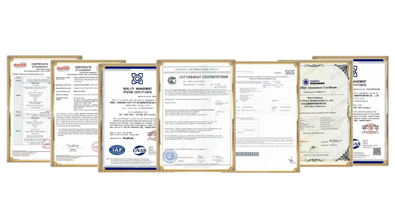
Welcome to RAYOUNG – Strong Pipes, Stronger Promise
